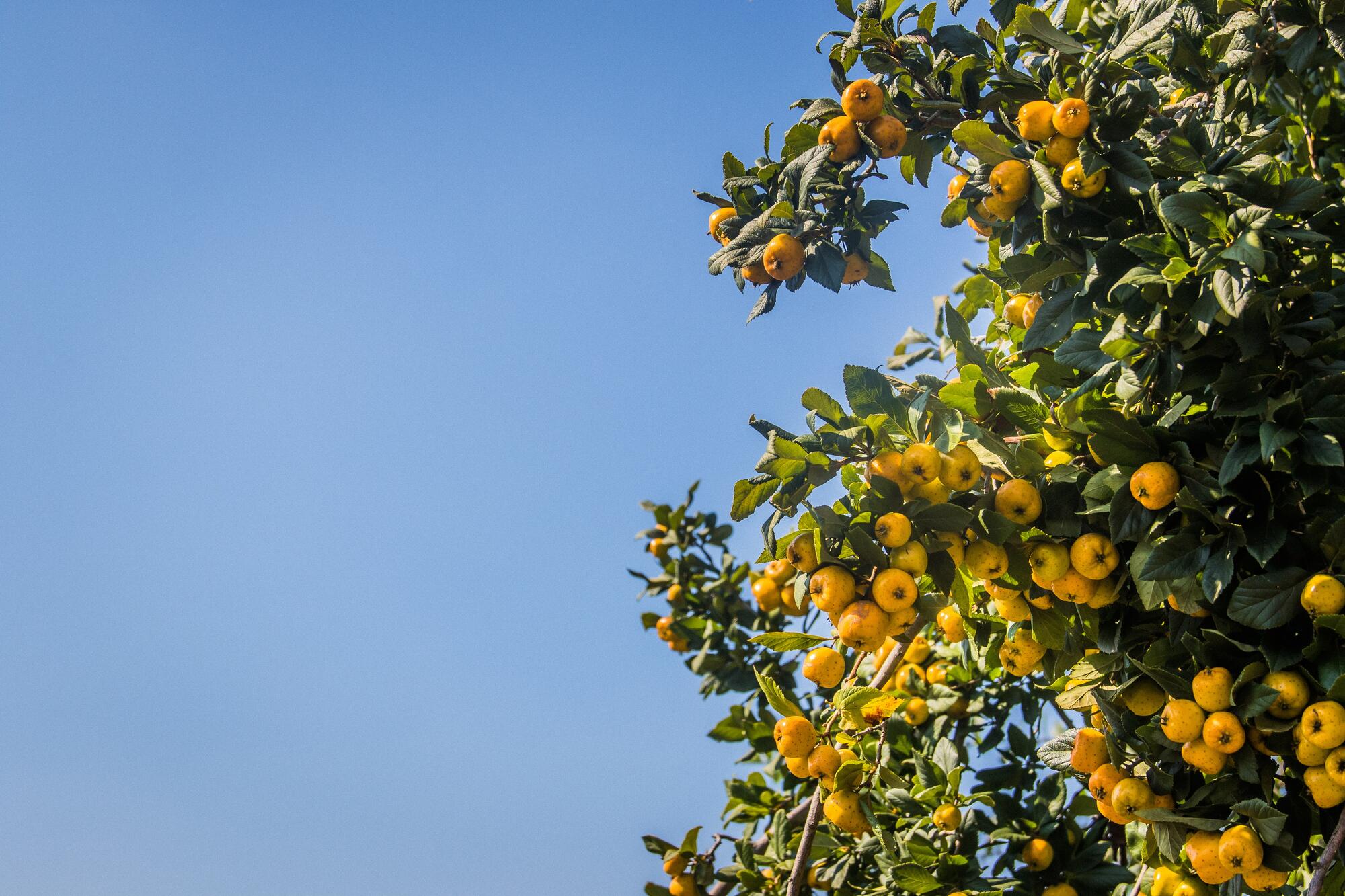
Food security and nutrition and sustainable agriculture
Related Goals

Sustainable cities and human settlements
Related Goals
Background
Africa?s urban population is growing faster than that of any other region. By the end of the current decade, 24 of the world?s 30 fastest growing cities will be African.
Within 18 years, the urban population of sub-Saharan Africa is projected to reach almost 600 million, twice what it was in
2010. African cities already face enormous problems: more than half of all residents live in overcrowded slums; up to 200 million survive on less than US$2 a day; poor urban children are as likely to be chronically malnourished as poor rural children.
The challenge of achieving a ?zero hunger? world - in which everyone is adequately nourished and all food systems are resilient - is as urgent in African cities as it is in rural areas. African policymakers need to act now to steer urbanization from its current, unsustainable path towards healthy, ?greener? cities that ensure food and nutrition security, decent work and income, and a clean environment for all their citizens.
This report draws the attention of policymakers to urban and peri-urban horticulture, and how it can help to grow greener cities in Africa. Production of fruit and vegetables in and around urban areas has a clear comparative advantage over rural and other sources in supplying urban residents with fresh, nutritious - but highly perishable - produce all year round. It generates local employment, reduces food transport costs and pollution, creates urban green belts, and recycles urban waste as a productive resource.
Within 18 years, the urban population of sub-Saharan Africa is projected to reach almost 600 million, twice what it was in
2010. African cities already face enormous problems: more than half of all residents live in overcrowded slums; up to 200 million survive on less than US$2 a day; poor urban children are as likely to be chronically malnourished as poor rural children.
The challenge of achieving a ?zero hunger? world - in which everyone is adequately nourished and all food systems are resilient - is as urgent in African cities as it is in rural areas. African policymakers need to act now to steer urbanization from its current, unsustainable path towards healthy, ?greener? cities that ensure food and nutrition security, decent work and income, and a clean environment for all their citizens.
This report draws the attention of policymakers to urban and peri-urban horticulture, and how it can help to grow greener cities in Africa. Production of fruit and vegetables in and around urban areas has a clear comparative advantage over rural and other sources in supplying urban residents with fresh, nutritious - but highly perishable - produce all year round. It generates local employment, reduces food transport costs and pollution, creates urban green belts, and recycles urban waste as a productive resource.


